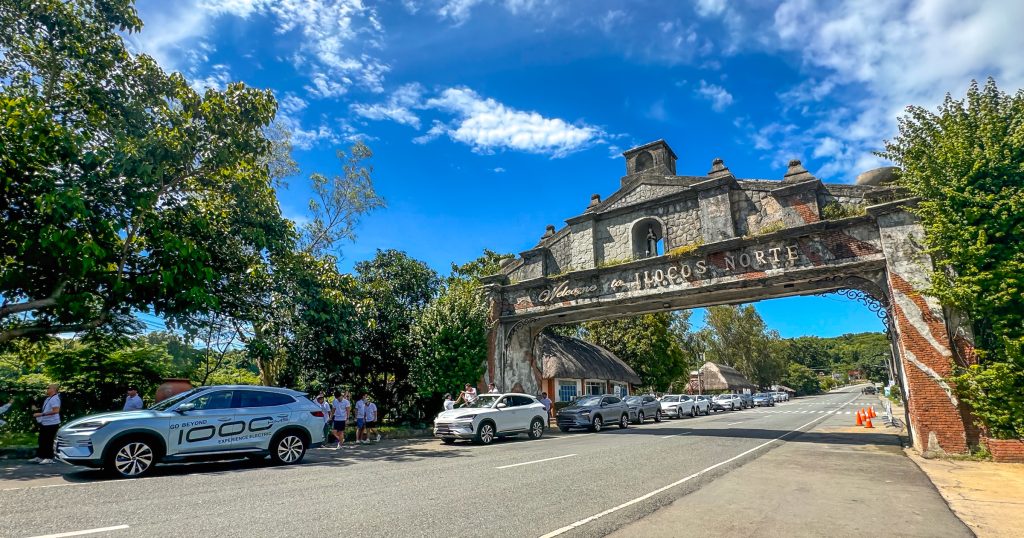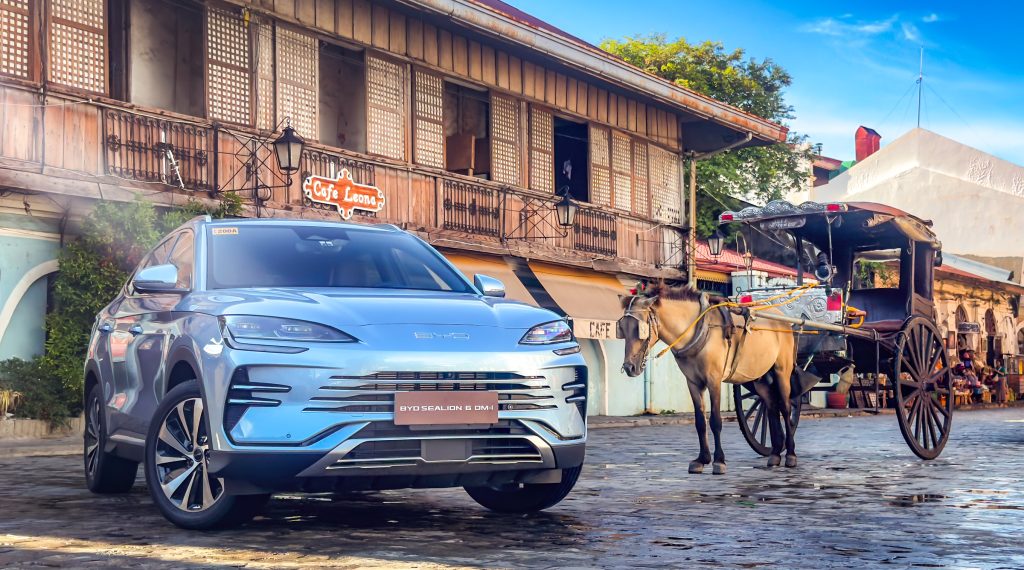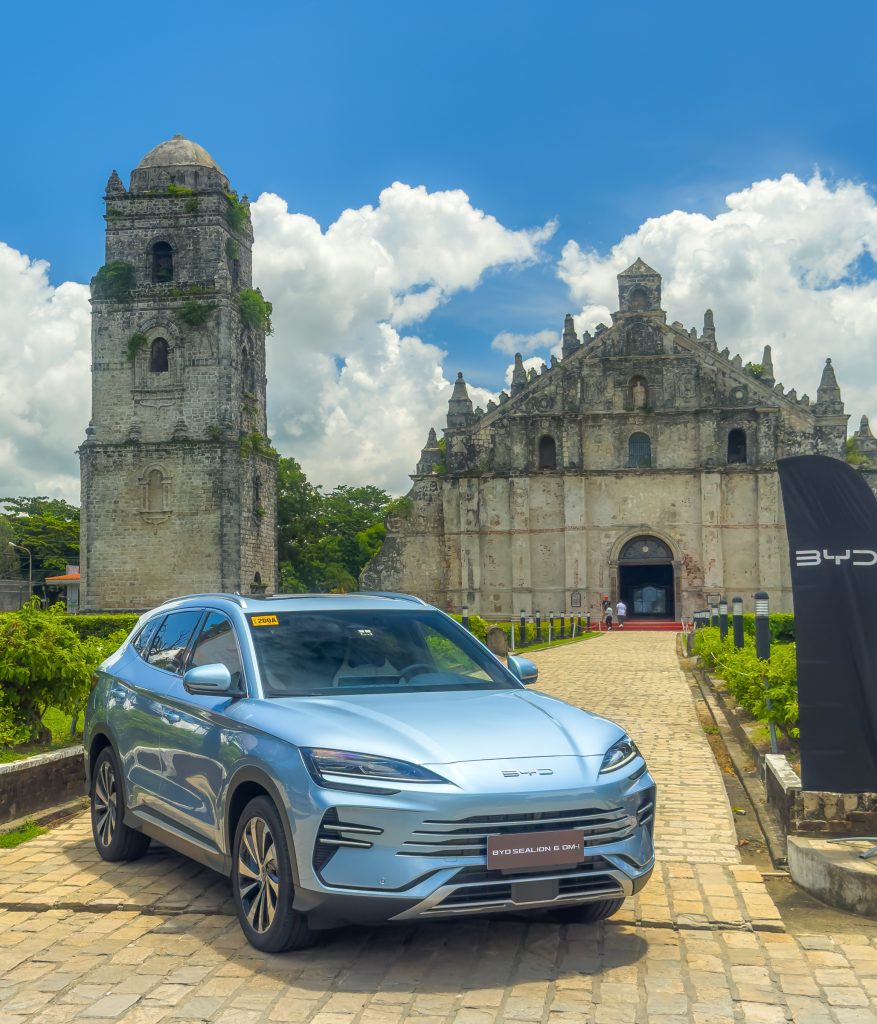There’s one thing I think is comparable to the confounding trends on social media regarding which platform is most viable and effective, as it changes so quickly that what stood out a couple of months may not necessarily be the one right now. That one thing has to be the prevailing trend as the most viable these days, among the whole gamut of EVs. With EVs at least, there are reliable metrics that the results can be based upon, depending on which EV type manages to edge its way on top.
When someone asks me for my opinion as to which car is the best to acquire right now, I’d rather hand the person a beer and do a disappearing act while he or she raises the bottle up for a swig, than try to rack my brain to answer it. As to which EV is the best bet, I can at least narrow it down to which EV type is the most viable, based on our conditions locally.
I took this up on my last column a while back, and I know it’d only elicit a lengthy discussion if I expound on it right now, but in a capsule, I believe one should only get a BEV (purely Battery-powered Electric Vehicle) if one completely understands the implications of calibrating one’s lifestyle around its limitations, and is willing to adjust to them. I don’t recommend BEVs to those who’d buy one as their only car, as while it’d be significantly more economical for your daily commute, you can still manage to get home with a lot of range left and just top up overnight for the next day.

If you go on a weekend road trip to a faraway destination and you can’t stop for a fast charge because there isn’t a charging facility along the way, that’d be a major consideration. Just as with making a spontaneous detour if you’re to maintain a large buffer of range, in case you encounter the unexpected along the way (i.e. a stalled truck on the expressway, road closures that Waze didn’t warn you about, etc.), as you have a finite range which is 350-450 kms on average.
And this: If you happen to live in a high-rise condominium as a rapidly increasing number of city dwellers do, how are you supposed to “charge at home” when your parking slot is situated a few levels down and your unit several floors up, even if an AC outlet is made available (which is unlikely) for you to use? -Anyway, I’m not dissing BEVs, as I’d say the most ideal setup would be to have a BEV for your dailies, and a Hybrid EV or a standard ICE (Internal Combustion Engine-powered) vehicle as your weekend car.
So which is the best EV type, really? A couple of weeks ago, I’d have said the PHEV is. With a Plug-in Hybrid Electric Vehicle, it allows you to run for up to 100 kms purely on battery power. When the battery is nearly depleted, you can (or it will automatically) switch to Hybrid mode on which it runs like your standard HEV, where the ICE and electric motor work in conjunction to propel the car. You’ll have to plug it in to charge the battery to gain back that purely-electric 100-km range, which could prove enough for a couple of days’ drives to and from work. So while you can save thousands of pesos a month with that routine, range anxiety won’t be a factor since it’d be a HEV for your drives that go well beyond 100 kms, with a range limited only by the fuel you’ll load it with.

If you’ve heard of EVRs or Extended Range EVs, it’s essentially a HEV, but its built-in ICE literally acts solely as a generator to charge the battery that runs the electric motor to propel the car. Like an HEV, it has no EV range limit, but you get the advantage of a BEV’s dynamics (i.e. immediate and assertive acceleration and peppier responsiveness, plus in theory fuel consumption that’s significantly less than a HEV’s). The Nissan Kicks is the first EVR in the country.
So if you want the advantages of a BEV on top of the no-range limit of an HEV, the PHEV is the answer, as you’d gather from this long-drawn preamble, right? Well, not quite. It seems BYD has topped that with their new Sealion 6 DMi compact SUV. BYD itself modestly categorizes it as an EVR, but it apparently is a combination of various EV types with how it’s built. It has the capability to run on pure battery power for 100 kms, so in that regard it’s a PHEV. Its 1.5-liter ICE (that they call a High Efficiency Generator) acts primarily as a charger for its high-capacity Lithium Iron Phosphate Blade battery that runs its Permanent Magnet Synchronous Motor. That configuration slots it into the EVR category, with a plug-in capability, giving it a whopping 1,100 kms of effective range on a full tank of gas and a fully charged battery. By comparison, a standard PHEV won’t yield nearly that much range on a full battery/tank. Neither will any current HEV or ICE on a full tank of gas (which will churn out anywhere between 400-600 kms on average). On top of that, the BYD Sealion’s ICE/Generator can actually aids the electric motor a with a dose of power when needed (e.g. on a quick overtaking maneuver), boosting its 197ps motor power to a 217ps combined power output. It’s worth noting that on some premium-luxury Hybrid cars, it’s the motor that gives the engine the added push, and the same principle applies on similarly equipped race cars. The BYD Sealion 6 DMi is an EVR that’s unique in that sense, but I’m relieved that they didn’t coin a new EV category for it.

Where will 1,100 kms take you? A round trip from Manila to Vigan, Ilocos Sur in a BYD Sealion 6 DMi with lots of spare Km in change, as tested. My PhilStar Wheels teammate Vincent Villa and I took part in BYD’s 1,000-km Challenge with the Sealion, a 20-car convoy with fellow motoring media. Its point is to be able to breach the 1,000-km distance with a single tank of gas and a fully charged battery, without the range anxiety. Well, Manila-Vigan-Manila is comfortably under 900 kms total, but the thing is they threw in driving to Paoay from Vigan and back, into the equation. This added about 130 kms to the total distance to be traveled. So while we breached 1,000 kms on the trip without breaking a sweat, we tweaked the Sealion’s sophisticated power regeneration system (via its impressive 15.6” touch screen central interface) to more efficiently recover energy from braking and coasting to “buy back” kilometers to add to our remaining total range, and flicking back and forth between BEV and HEV modes to get back to Manila from our 1,008-km extended road trip without gassing up. A combination of taking advantage of the Sealion’s tech and mindfully adjusting one’s driving style can actually extend its posted 1,100-km range, but we were lead-footing it on the way back to make it in good time. Some of us had to gas up, but most made it back to Manila with a respectable amount of kms to spare.

I’d have to add as well that it wasn’t all about going the distance and knocking out the numbers. The drive experience in itself was exceptional. The Sealion 6 has more than ample power on tap that it delivers with an impressive balance of authority and finesse. Its dynamics are reassuringly predictable, with an impressively planted feel when pushed to the grunt. NVH levels and ride quality are superb for its class, interior amenities are almost knocking on premium luxury levels (all leather appointment, ventilated front seats, 10-speaker Infinity audio system, commendably tasteful aesthetics). Add to that its value proposition that’d be a challenge to resist, at Php 1.548 million. No, I haven’t applied for a side hustle as a sales rep, I just don’t find the need to rein in the praise when something makes absolute sense. I think BYD found its roar with the Sealion 6 DMi, and with how it’s performing, it’s bound to claim its spot as the most viable of EVs.

